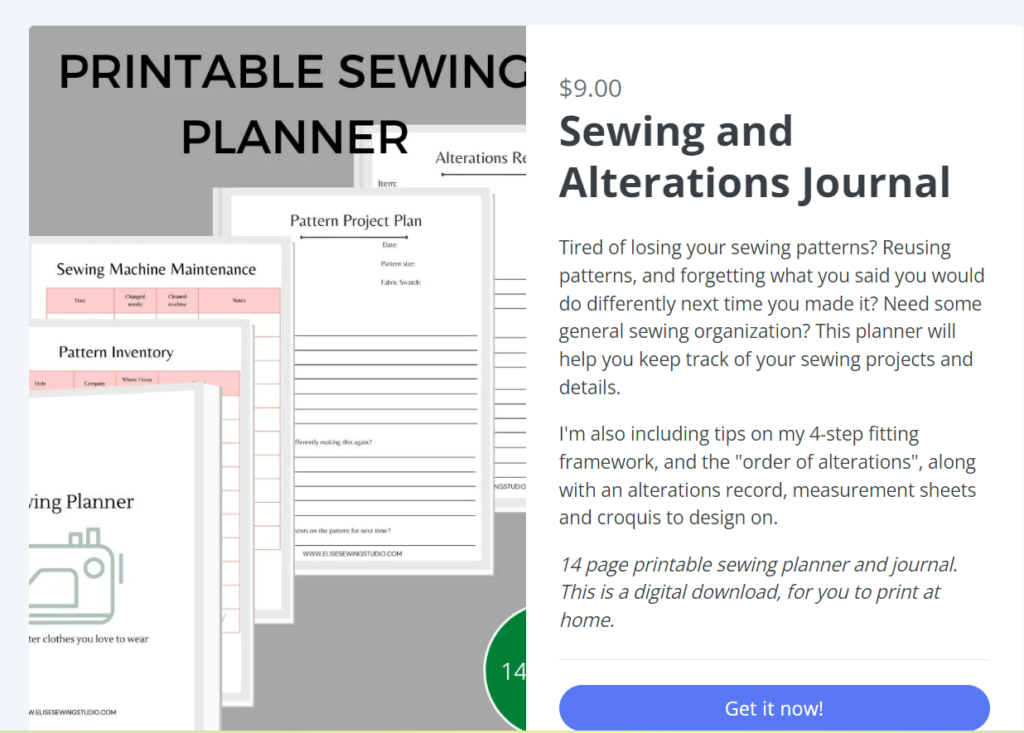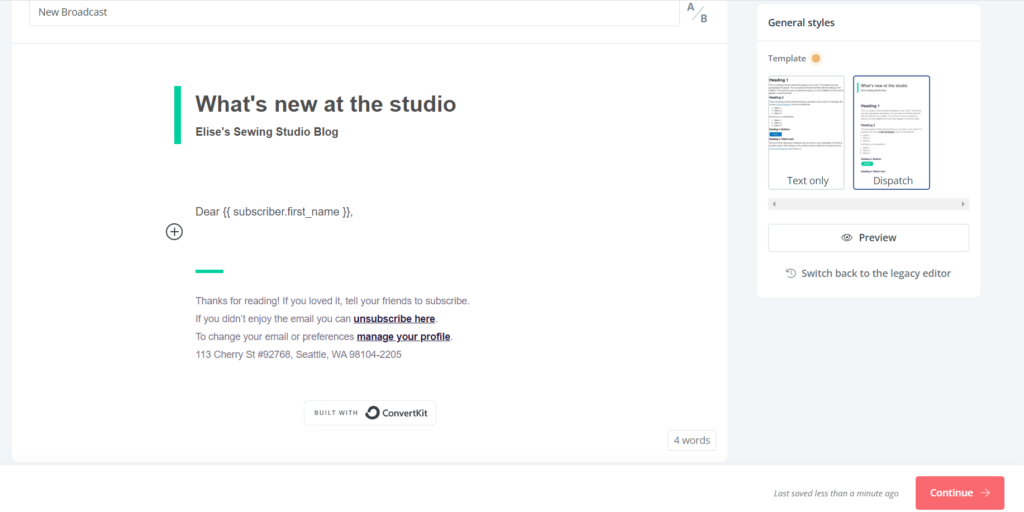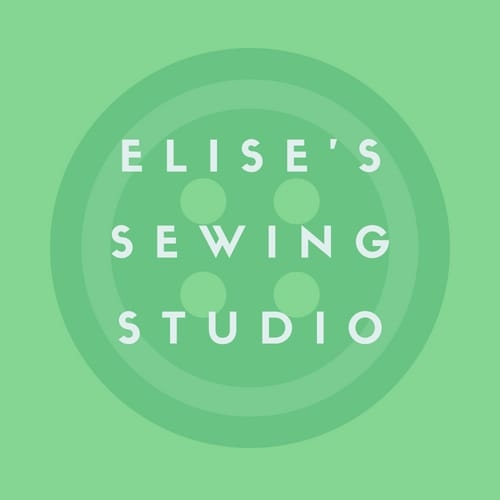We are a participant in the Amazon Services LLC Associates Program, an affiliate advertising program designed to provied a means for us to earn fees by linking to Amazon.com and affilated sites. We may earn money or products from the companies mentioned in this post.
When my blog was in the early days, I knew I needed to get an email list going, and spent a lot of time researching different options. I had heard good things about a few different email marketing providers, and the top two I compared were ConvertKit vs Constant Contact.
Disclosure: I am a ConvertKit affiliate, and receive compensation for my participation in this program. My opinions are my own, this is a service I use and recommend.

Why you need an email list
Why do you need an email list in the first place?
With email, you aren’t dependent on figuring out the latest algorithm for your content to shine through. And if something were to happen to your social media platform or account, you still have your email list.
I actually enjoy writing to my newsletter subscribers! I don’t have to worry about the right keywords to rank in Google, or cut through the other noise and distractions on social media.
Plus…remember the great social media outage of 2021, when Facebook and Instagram were down for most of the day? Anything can happen, so it’s good to have a way to connect to those who want to hear your message that you have more control over.
Email marketing platform for creators
When I write my emails, I find I can be a bit freer with what I write. I might include content that doesn’t really work for a blog post, share what I’m up to, tips and point of view. It’s a good place to add extra stuff that is valuable – I pretend I’m writing to a friend.
It’s also where I get the most return for my efforts and get sales.
I used product pages created in ConvertKit for a workshop a few months ago. Of those who registered for the workshop, 80% were people already on my email list. With the product page feature, I didn’t have to go find another service to be able to sell and collect payments – it was all in ConvertKit.

Comparing ConvertKit vs Constant Contact
While I was researching different email marketing platforms for creators, I looked closely at ConvertKit vs Constant Contact.
Both have the primary feature of being able to create a landing page where people can choose to sign up to your email list. Once someone has subscribed, you can send automated email sequences and newsletters.
Product sales
ConvertKit has a commerce feature, where you can create digital products that get sent to purchasers automatically. I’ve used these for digital downloads and workshops.
You can view the workshop product page here. I also created a printable sewing journal- click here to view.

Constant Contact has shoppable landing pages – these are similar to those in ConvertKit. The difference is that ConvertKit is for digital assets (downloads, ebooks, coaching, etc), and Constant Contact has some options for e-commerce businesses selling physical products. There is a shipping option on their product pages, ConvertKit doesn’t have this feature.
ConvertKit vs Constant Contact for new creators
One of the features that really sold me on ConvertKit when I was just getting started is that it grows with you. There are different tiers, and you can pay for what you need and the subscriber count you have.
Constant Contact had a trial period followed by a monthly or yearly fee, whereas ConvertKit had a free option if you were under a certain number of subscribers. You could then pay for more features or once you hit a subscriber number, but you could take your time getting there instead of just a free trial for a specific amount of time.
Another interesting thing is that ConvertKit allows you to use their address in your emails if you don’t have a physical location other than your home to use. A physical address is required for sending marketing emails. Again, this is really helpful for those getting started who might not have an address to use other than their home.

In general, Constant Contact might be one to try for people selling physical goods, or brick-and-mortar stores. ConvertKit is geared more toward digital product creators, bloggers, and influencers who are interested in monetizing their knowledge, not selling physical items.
Get started with a free trial of ConvertKit today!
